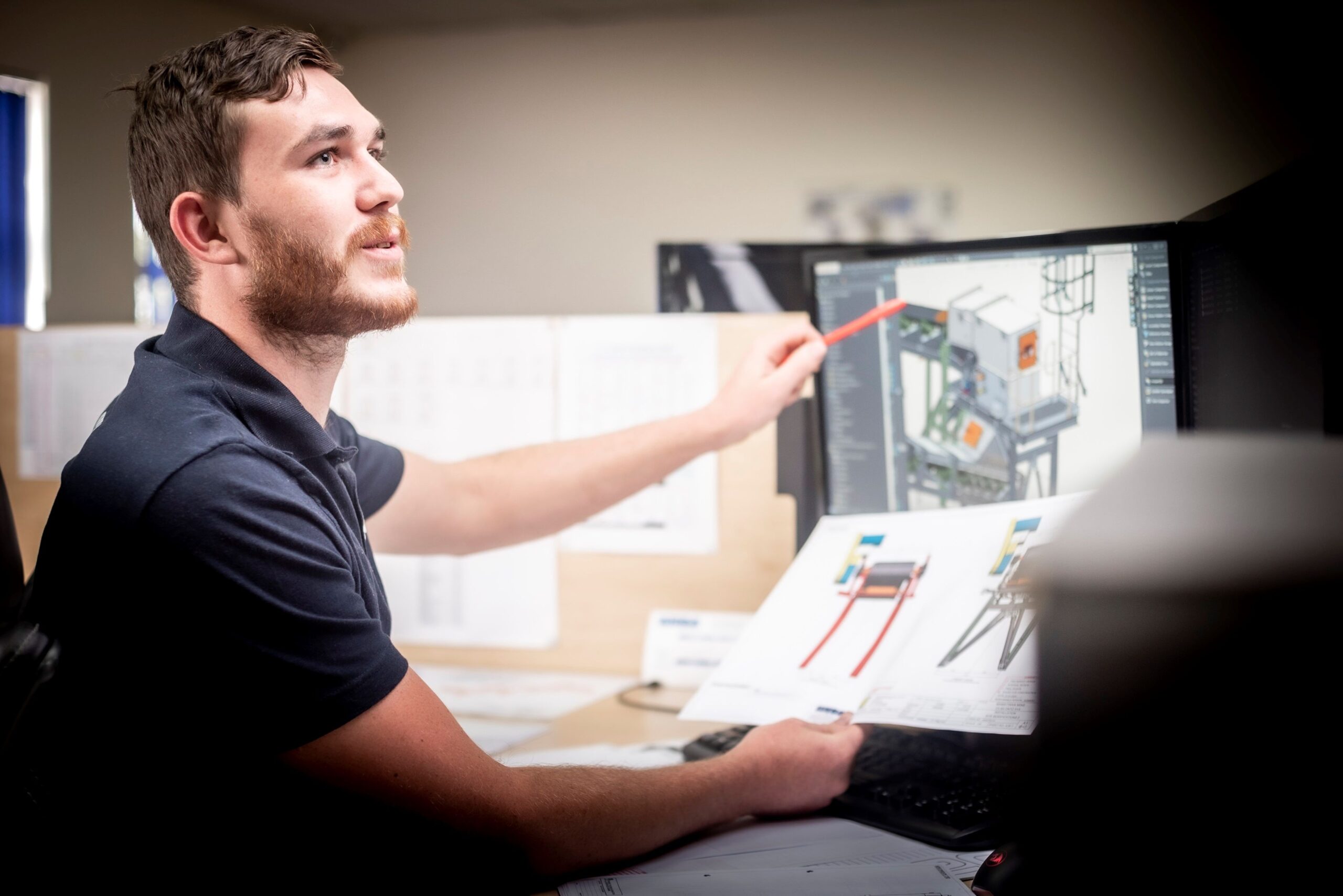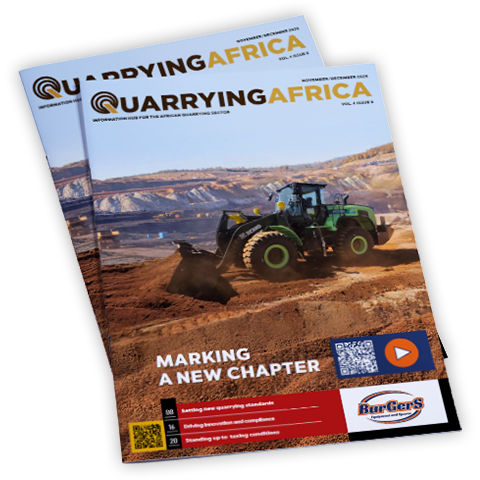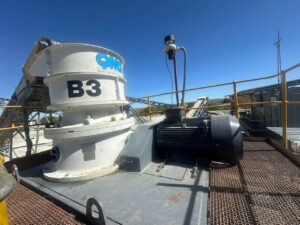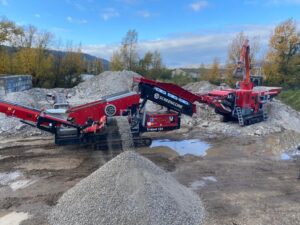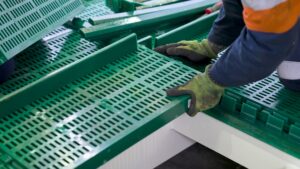Companies globally are opting for Weba Chute Systems to address the costly issues of uncontrolled discharge in bulk materials handling. This move signifies a pivot to improved efficiency and reduced downtime. CEO Mark Baller highlights the emerging global agreement on the importance of custom-engineered transfer chutes, emphasising that their significance in the materials handling process is often underestimated.
Baller notes that there is a growing consensus across the globe that incorporating custom-engineered transfer chutes is paramount. “There are still some that overlook the significance of transfer points that are engineered for specific application requirements, ranking them below screens, crushers or feeders in the process hierarchy.”
Baller points out a critical misconception that undermines operational efficiency: the notion that initial savings from inexpensive inferior chutes outweigh long term costs. “This approach is flawed,” he argues, “as it inevitably leads to higher operational expenditure due to frequent maintenance, and in some cases unscheduled downtime.”
Highlighting the benefits of custom-designed solutions, Baller notes, “Proper initial design significantly lowers maintenance needs, improves material transfer, extends conveyor belt lifespan and boosts throughput. Moreover, our chutes are engineered to minimise environmental impact, reducing airborne dust and enhancing workplace health and safety.”
The Weba Chute Systems team, armed with extensive field experience and intellectual resources built up over decades of operation, approaches each project with bespoke solutions aimed at maximising return on investment. “Engaging with our clients during the design phase is crucial for tailoring solutions that not only meet but exceed expectations, and this includes both new transfer points as well as retrofits,” he continues.
Baller also sheds light on the pitfalls of retrofitting poorly designed chutes. “Correcting failures post-implementation is far from ideal. Opting for a sound design from the start eliminates such challenges, however we are often called upon to solve issues caused by poor decision making and this is where we are able to tailor make a chute system to deal with whatever challenge the customer is facing,” he says.
Leveraging Discrete Element Modelling (DEM) for validation, Weba Chute Systems prides itself on its engineering acumen. “DEM complements our vast engineering experience, ensuring that our transfer chutes excel in performance and durability,” Baller says.
Baller emphasises that Weba Chute Systems stands out from general fabricators, and says that the company’s proficiency goes beyond just designing transfer points. “Our team specialises in providing tailor-made solutions that improve materials handling, reduce maintenance needs and lead to considerable financial savings. The company’s dedication to high quality service is reflected in the positive feedback from customers and their achievements in operational efficiency,” he concludes.
